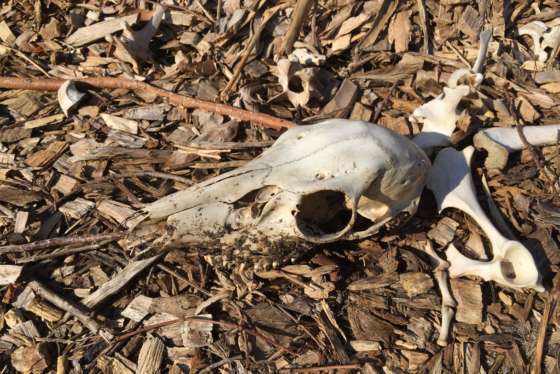WASHINGTON — As the days shorten and the leaves start to change color, drivers may notice more deer are popping up along roadways, oblivious to traffic.
That’s because it’s mating season for white-tailed deer, and as Paul Peditto, director of the Maryland Department of Natural Resources Wildlife and Heritage Service explained, “The breeding-age male deer, those bucks, frankly kind of lose their minds.”
Peak mating season for white-tailed deer starts close to Halloween and lasts through November, Peditto said. And when deer are in rut, they lose awareness of their surroundings and that means drivers have to be on the lookout for deer suddenly dashing into the roadway.
“We have to become more aware of them because they’re not as aware of us as they would be the other 11 months out of the year,” Peditto said.
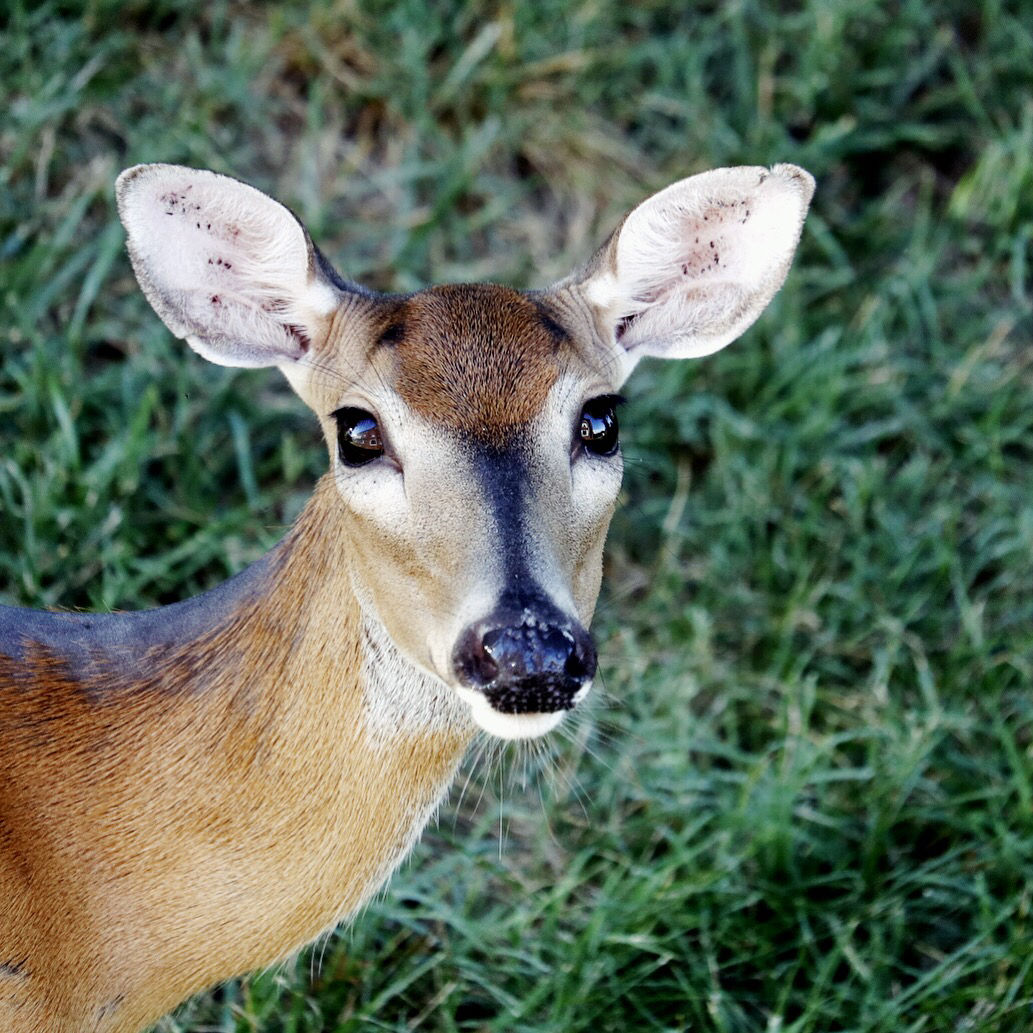
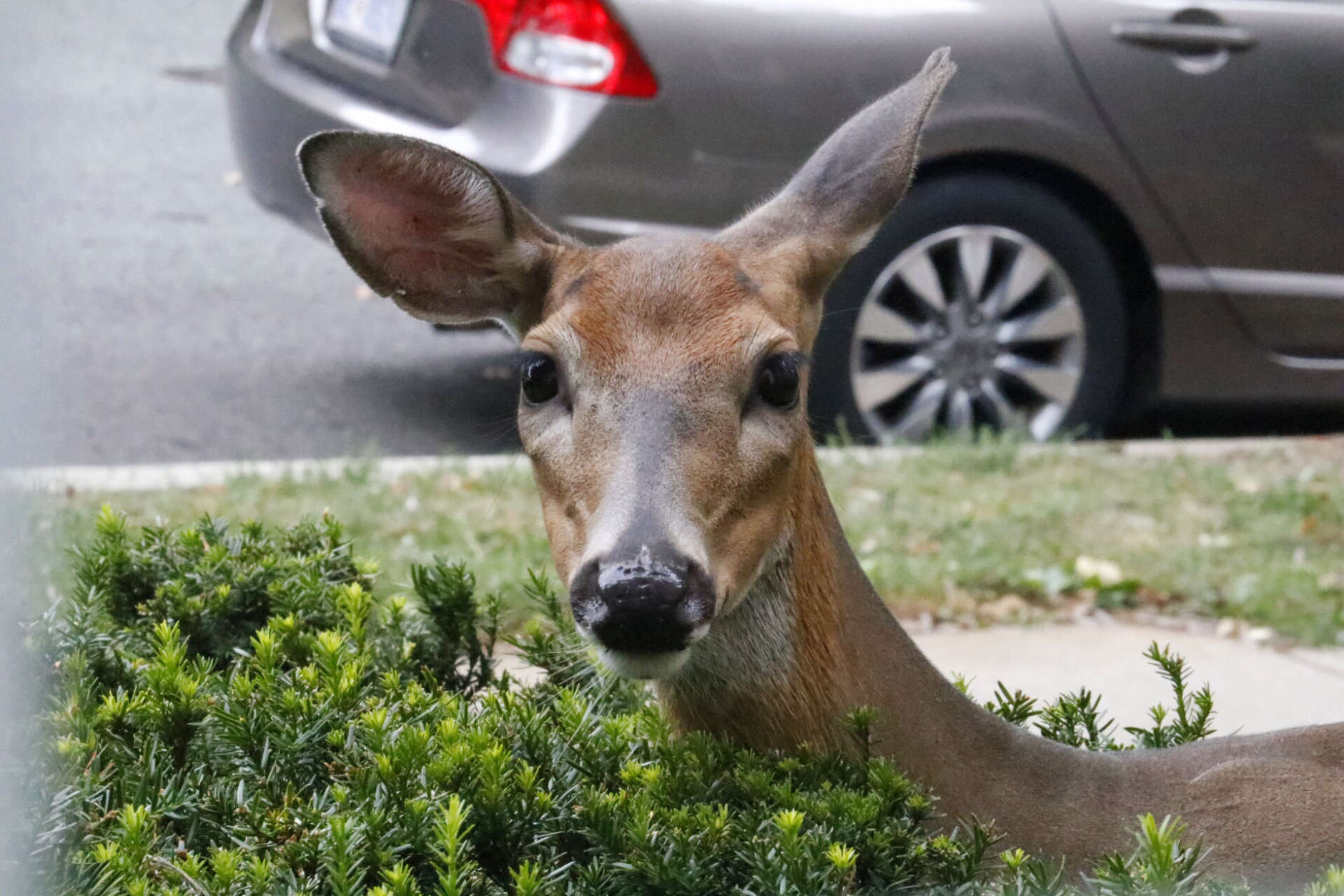
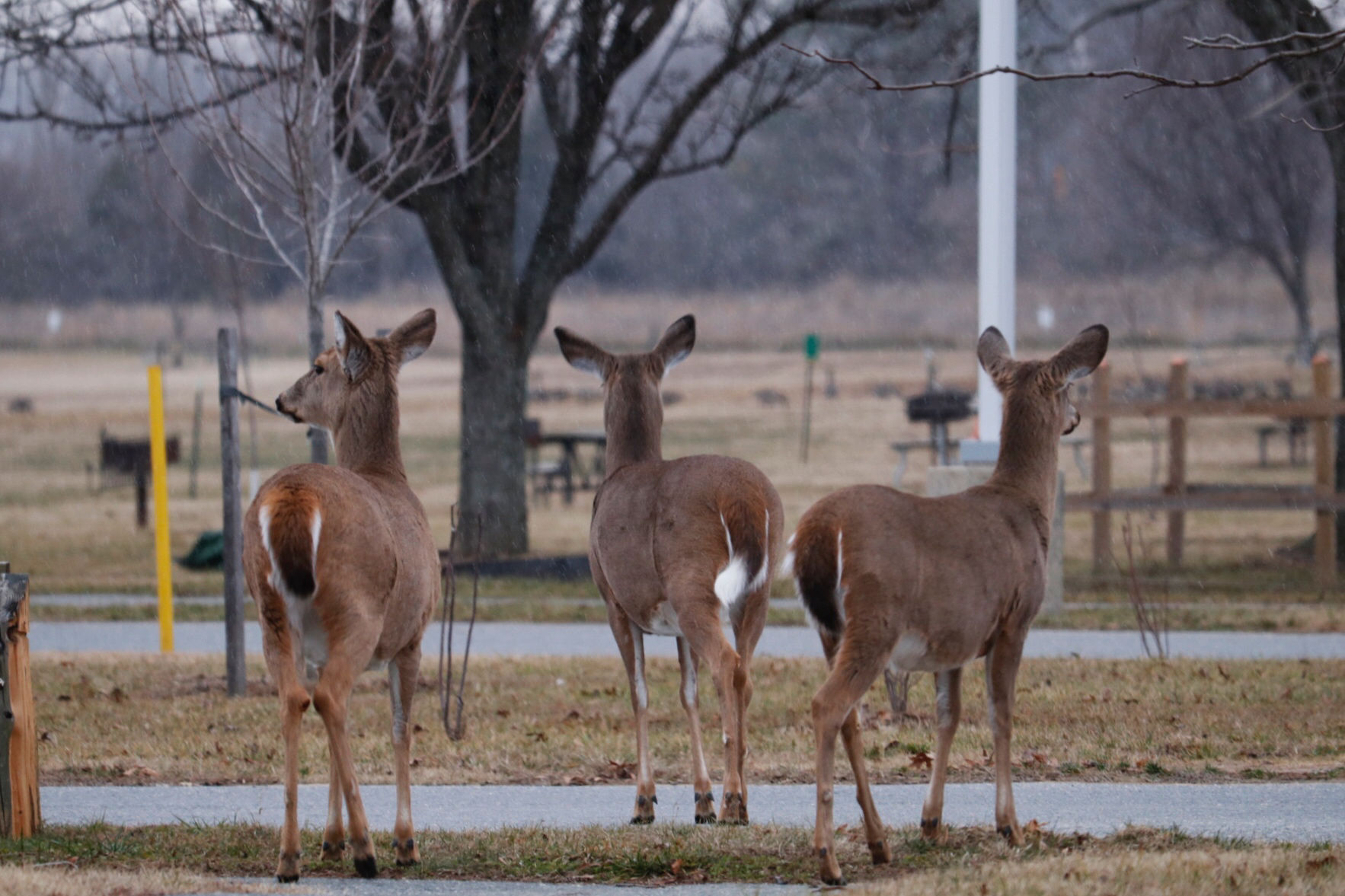
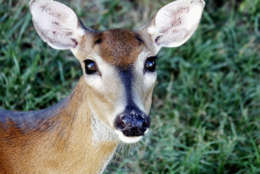
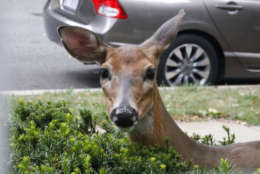
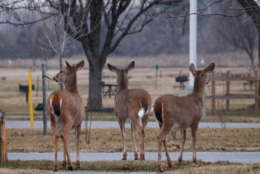
Maryland’s State Highway Administration has put out a list of tips, including the advice: “Never veer for deer!”
Peditto said that’s good advice. If you should see a deer run out into your path, don’t try to avoid it. “The absolute worst thing you could do is try to swerve and miss it,” Peditto said.
“It sounds awful that we would be encouraging you to run into a deer, but the physics of this make absolute sense,” he added.
Peditto and state transportation officials said some of the worst crashes occur when drivers swerve to avoid a deer and then end up striking trees, utility poles or other cars.
And, he said, it really is true: If you see one deer along a roadside or highway, expect to see others. You’re also more likely to see them at dusk.
“You just have to be vigilant. If you live in a place where there’s open fields or forest that borders those roads and you’ve seen deer in the past during your travels, expect to see them,” he said.
Maryland State Highway guidelines suggest slowing down in areas where drivers have seen deer in the past; lower speeds give drivers greater stopping distance.
Here are some other tips:
- Deer feed between sunset and sunrise so when driving during that period, remain alert for deer.
- Use your high beams where possible; high beams give drivers increased visibility over a wider area.
- Use peripheral vision; be on the lookout for deer to pop up alongside the roadway.
- If you do strike a deer, never approach the injured animal. Instead, pull over, put on your hazards and call police.

